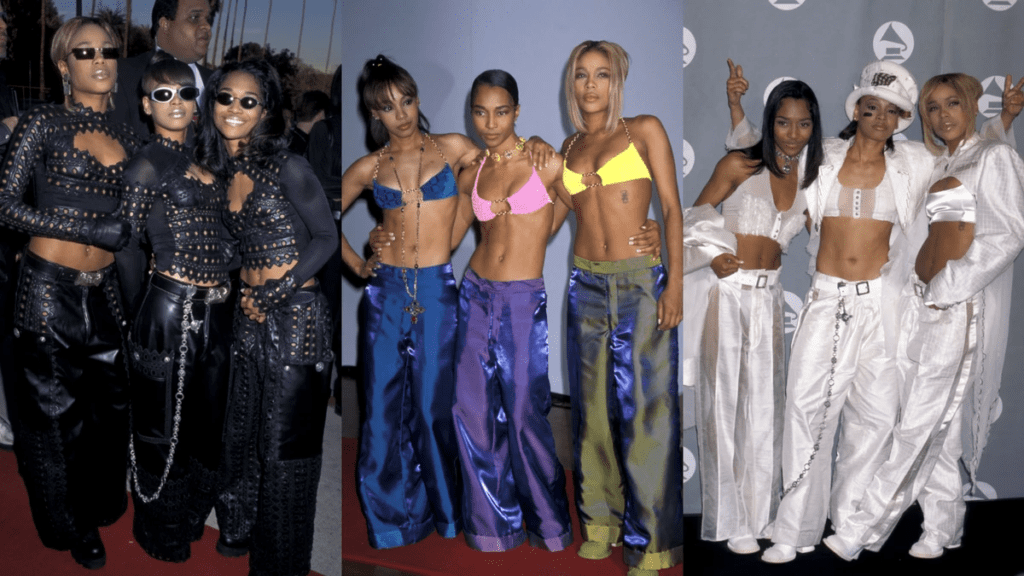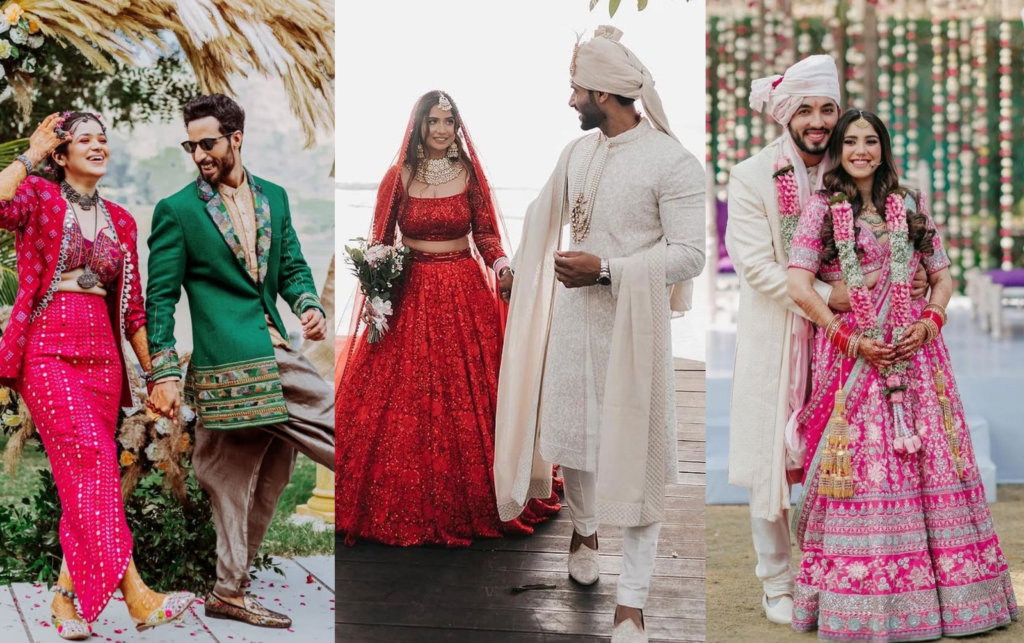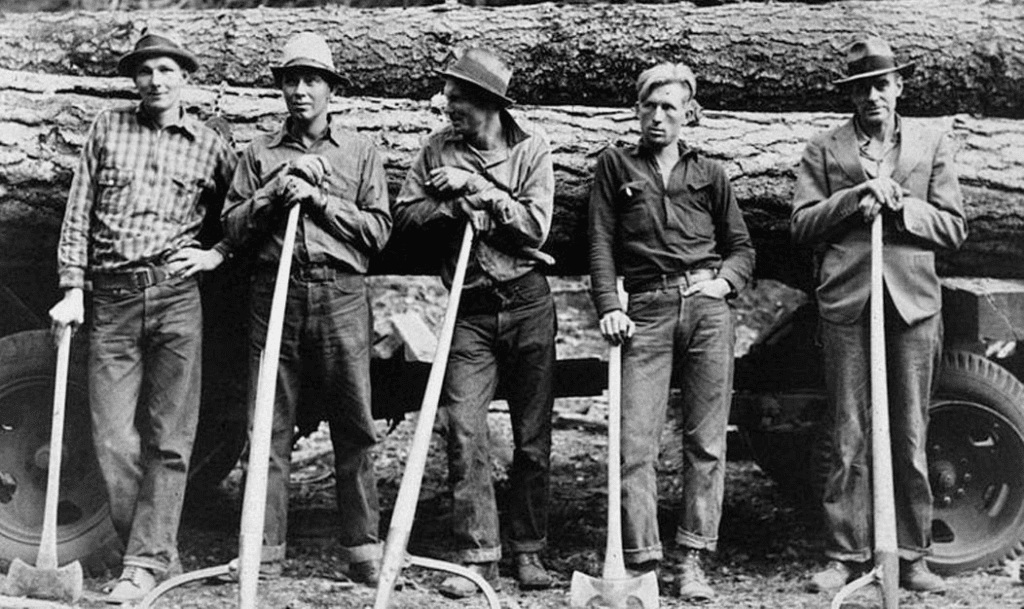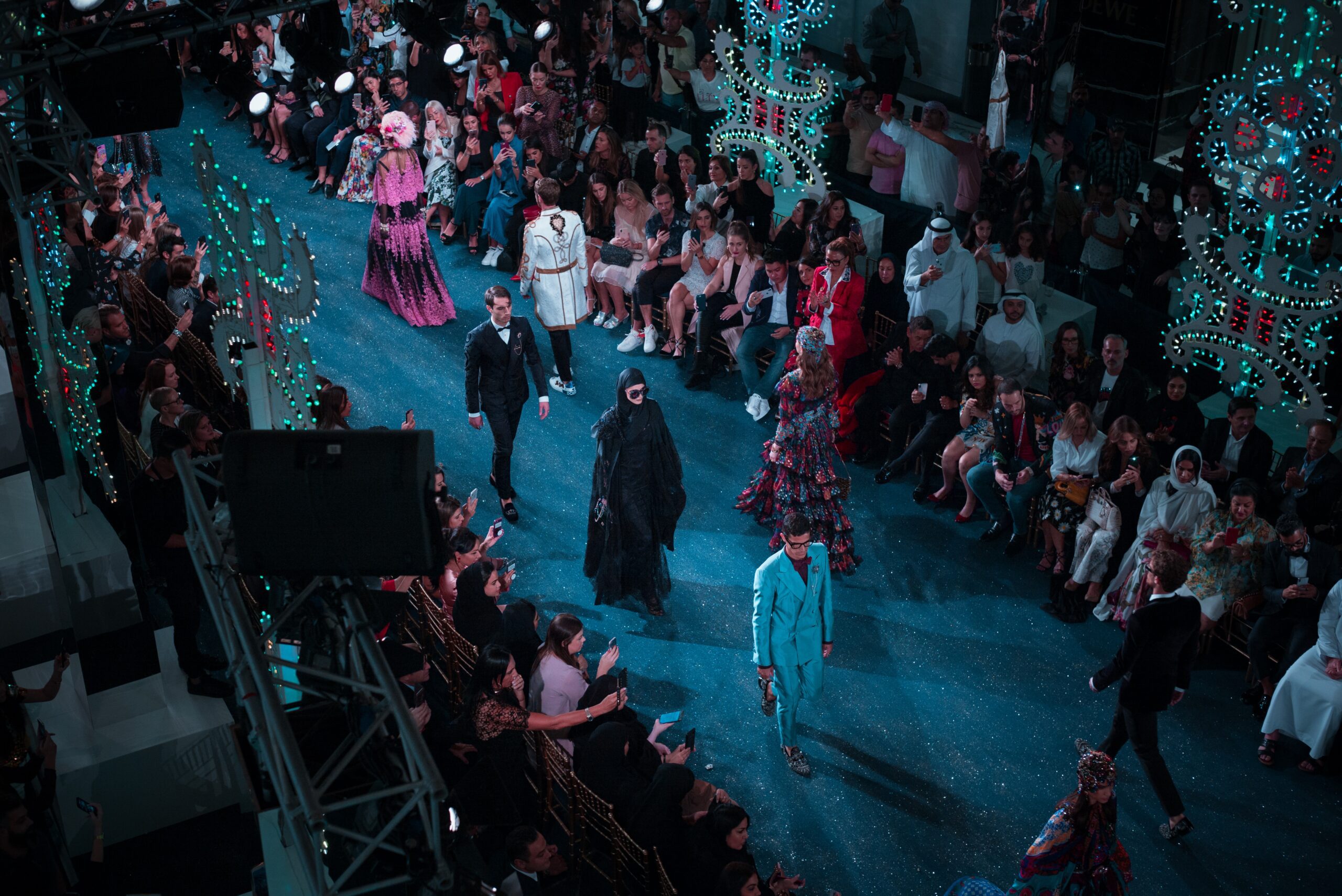Introduction:
Casual 1950s women’s Fashion is a dynamic expression of culture, societal norms, and individual identity. Throughout history, women’s fashion has evolved, reflecting the changing times and the diverse influences that shape societies. In this extensive exploration, we will delve into the casual 1950s women’s fashion, the old-fashioned goulash pioneer woman, women’s fashion in Japan, 1930s fashion for women, Italian women’s fashion, 90s black women’s fashion, keppel women’s fashion, and women’s African fashion. Each era and region has left an indelible mark on the world of fashion, offering unique insights into the values, aspirations, and creativity of women across the globe.

Overview
Embark on a captivating journey through the corridors of time as we delve into the realm of casual 1950s women’s fashion. The 1950s, marked by post-war exuberance and cultural shifts, witnessed a transformative era in women’s style. This epoch was defined by the iconic silhouette, characterized by a nipped waist and full skirts, reflecting an embrace of femininity and grace. The 1950s saw the rise of casual wear, introducing sportswear and a relaxed approach to dressing. Pedal pushers, capri pants, and casual blouses symbolized a desire for comfort, shaping a narrative that resonated with the optimism of the era. Join us as we explore the influences and timeless allure of 1950s casual fashion that continues to inspire contemporary style.
Casual 1950s Women’s Fashion:
The 1950s marked a post-war era of optimism and economic growth, influencing women’s fashion in unprecedented ways. The iconic silhouette of the time was characterized by a nipped waist, full skirts, and hourglass figures. Casual wear in the 1950s was defined by the emergence of sportswear and a more relaxed approach to everyday dressing. Women embraced pedal pushers, capri pants, and casual blouses, reflecting a desire for comfort and practicality. Hollywood stars like Audrey Hepburn and Marilyn Monroe were pivotal in shaping the casual yet sophisticated aesthetic of 1950s women’s fashion.
Old-Fashioned Goulash Pioneer Woman:
Moving away from clothing, let’s explore the culinary aspect of pioneer women with a focus on old-fashioned goulash. The pioneer woman, often depicted as a resilient figure in American history, relied on hearty and practical recipes like goulash to sustain their families. Goulash, a stew of meat, vegetables, and spices, was a staple in many pioneer households. We’ll delve into the origins of this comforting dish and how it became a symbol of resilience and resourcefulness during challenging times.
Women’s Fashion in Japan:
Japan has a rich history of traditional clothing, with kimono being one of the most iconic garments. However, the evolution of women’s fashion in Japan is a fascinating journey that intertwines traditional elements with global influences. From the elegant and intricate kimono to the avant-garde street fashion of Harajuku, Japanese women’s fashion is a dynamic fusion of the past and the contemporary. We’ll explore the impact of cultural shifts, global trends, and renowned designers on the ever-evolving landscape of Japanese women’s fashion.

1930s Fashion for Women:
The 1930s were marked by economic hardships and the shadow of the Great Depression, influencing fashion in profound ways. Women’s fashion in the 1930s showcased a departure from the extravagance of the Roaring Twenties, with a focus on more practical and streamlined designs. Silhouettes became more slender, and bias-cut dresses gained popularity. We’ll delve into the influence of Hollywood glamor, the emergence of ready-to-wear clothing, and the resilience of women who navigated challenging times with grace and style.
Italian Women’s Fashion:
Italy, known for its rich artistic and cultural heritage, has been a prominent force in the world of fashion. Italian women’s fashion is synonymous with sophistication, craftsmanship, and an innate sense of style. From the iconic designs of luxury brands like Gucci and Prada to the timeless elegance of Italian women on the streets of Milan, we’ll explore how Italy has shaped global fashion trends and set the standard for luxury and innovation.
90s Black Women’s Fashion:
The 1990s witnessed a cultural shift that significantly impacted the fashion choices of black women. The era embraced bold and eclectic styles, from oversized silhouettes and vibrant colors to the rise of streetwear. Influential figures like Queen Latifah and Aaliyah became style icons, redefining beauty standards and paving the way for a more inclusive representation in the fashion industry. We’ll explore the cultural significance of 90s black women’s fashion and its lasting impact on contemporary trends.

Keppel Women’s Fashion:
Keppal, a small yet culturally rich region, has a unique fashion identity that reflects its history and traditions. Keppel women’s fashion is a blend of vibrant colors, intricate patterns, and traditional craftsmanship.Explore the meaning behind essential clothing and accessories in Keppal women’s fashion, unraveling the cultural stories embedded in each fabric. Understanding the local context and the stories behind the clothing provides a window into the cultural diversity that enriches the global fashion landscape.
Women’s African Fashion:
The diversity of Africa is mirrored in its rich tapestry of fashion. Women’s African fashion is a celebration of heritage, with each region contributing unique elements to the vibrant mosaic. Discover the cultural depth in African fashion, from West Africa’s vibrant prints to East Africa’s intricate beadwork. Explore how African designers are making a global impact, challenging stereotypes, and reshaping the narrative in the fashion industry. Uncover the rich stories woven into each garment, reflecting the diversity and creativity of African fashion on the world stage.
Unique styles, fabrics, and traditional
1. Celebration of Diversity: Women’s African fashion celebrates the diversity of the continent, showcasing unique styles, fabrics, and traditional techniques from each region. These elements collectively weave a rich cultural tapestry in the world of fashion.
2. Vibrant Ankara Prints: The use of vibrant and bold Ankara prints has become synonymous with African fashion. These colorful and intricate patterns are often incorporated into dresses, skirts, and blouses, adding a distinctive flair to the overall look.
3. Adornments and Accessories: African women’s fashion places a strong emphasis on accessories. Intricate beadwork, statement jewelry, and headwraps are essential elements that not only enhance the outfit but also carry cultural and symbolic significance.
4. Influence of Traditional Attire: Traditional attire, such as the dashiki, kente cloth, and gele headgear, continues to play a significant role in women’s African fashion. These garments connect wearers to their heritage and showcase the continuity of cultural practices.
5. Emergence of African Designers: The global recognition of African fashion is amplified by the emergence of talented African designers on the international stage. Designers like Ozwald Boateng, Deola Sagoe, and Lisa Folawiyo have played a pivotal role in bringing African fashion to the forefront of the global fashion scene.
Designers creatively blend traditional
6. Modern Fusion: Contemporary African fashion often involves a fusion of traditional and modern elements. Designers creatively blend traditional prints and silhouettes with modern cuts and fabrics, resulting in unique and globally appealing creations.
7. Afrocentric Influences: The Afrocentric movement has influenced women’s fashion by promoting pride in African heritage. This is reflected in clothing choices that incorporate Afrocentric symbols, colors, and patterns, fostering a sense of identity and unity.

8. Sustainable Fashion Practices: Many African fashion designers are embracing sustainable practices, utilizing ethically sourced fabrics and promoting eco-friendly production methods. This commitment to sustainability aligns with a broader global movement toward responsible fashion.
9. Cultural Festivals and Fashion Shows: Events like Lagos Fashion Week and Accra Fashion Week provide platforms for African designers to showcase their talent. These gatherings not only celebrate fashion but also serve as cultural events that promote creativity and innovation.
10. Social Media Influence: The rise of social media has played a crucial role in promoting and popularizing African fashion. Platforms like Instagram and Pinterest have become spaces for fashion enthusiasts to share and discover the latest trends in women’s African fashion, contributing to its global visibility and influence.
The heart of 1950s women’s fashion
The Hourglass Embrace: At the heart of 1950s women’s fashion was the celebration of the hourglass figure. Cinched waists and full skirts accentuated the curves, echoing the glamor and elegance epitomized by Hollywood icons like Audrey Hepburn and Marilyn Monroe.
Iconic Necklines: Necklines took center stage in 1950s fashion, with the sweetheart, bateau, and scoop necklines becoming iconic choices. These styles infused sophistication into both casual and formal wear, enhancing the overall polished aesthetic of the era.
Fabric Evolution: Advances in fabric technology allowed for the creation of new materials like nylon and polyester. These fabrics, commonly employed in casual wear, revolutionized comfort and durability, leading to a more practical approach to fashion.
Casual Chic Accessories: Accessories played a pivotal role in completing the 1950s casual look. White gloves, cat-eye sunglasses, and headscarves became popular choices, adding a touch of chic flair to everyday outfits.
Floral Flourish: Prints and patterns took a decidedly floral turn in the 1950s. Floral motifs became a casual wear staple, infusing the fashion landscape with a refreshing and feminine touch on dresses and blouses.
Evolution of Denim:
The 1950s witnessed the rise of denim as a casual wardrobe essential. Jeans, once linked with workwear, rose to prominence as a symbol of youthful rebellion and casual coolness, establishing the enduring appeal of denim.
Influence of Teen Culture: The emergence of the teenager as a distinct cultural demographic influenced 1950s fashion significantly. Casual wear, including pedal pushers and poodle skirts, became synonymous with the carefree spirit of teenage rebellion and self-expression.

Sportswear Influence: The influence of sportswear on casual fashion cannot be overstated. The adoption of athletic-inspired clothing, such as polo shirts and cardigans, blurred the lines between casual and sporty, reflecting the active and dynamic lifestyle of the era.
Rise of Casual Footwear: In the 1950s, casual footwear options broadened, with the rise in popularity of saddle shoes, loafers, and ballet flats. These comfortable yet stylish shoes complemented the casual outfits, adding a finishing touch to the overall look.
Youthful Rebellion: The 1950s casual fashion scene was marked by a sense of youthful rebellion against the formality of the previous decades. The embrace of more relaxed and comfortable clothing symbolized a departure from the constraints of wartime austerity. allowing women to express themselves in a new and liberating way.
Conclusion:
Embarking on a comprehensive journey through time and diverse cultures. we’ve unraveled the intricate threads that compose the fabric of women’s fashion. Delving into the casual elegance of 1950s America, the resilience of pioneer women, and the avant-garde styles of Japanese fashion.

each era and region has left an indelible mark on the ever-evolving landscape of women’s attire. Fashion is not merely about clothing; it’s a dynamic expression of identity, culture, and the human experience. Embracing and celebrating the diversity of women’s fashion. we acknowledge clothing’s profound ability to narrate stories, defy norms, and foster unity transcending borders and eras.
Read More: Giselle Miami: A Culinary and Skyline Delight in the Heart of the Magic City
FAQs:
– A: The iconic silhouette featured a nipped waist and full skirts, celebrating the hourglass figure.
– A: Yes, accessories like white gloves and cat-eye sunglasses added a touch of chic flair to everyday outfits.
– A: Floral motifs became a staple, adorning dresses and blouses to bring freshness and femininity to casual wear.
– A: Denim gained popularity as a symbol of youthful rebellion, evolving from workwear to a casual wardrobe essential.
– A: The influence of sportswear blurred the lines between casual and sporty, with polo shirts and cardigans becoming fashionable choices.

